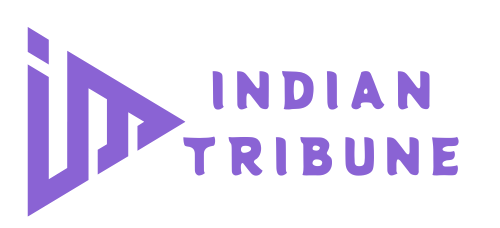In today’s digital age, accessibility is not just a legal obligation but a moral imperative. The Web Content Accessibility Guidelines (WCAG) provide a framework for making web content more accessible to people with disabilities. This article will explore the importance of WCAG compliance, the key principles behind the guidelines, and how businesses can implement these standards effectively.
What is WCAG?
The Web Content Accessibility Guidelines (WCAG) are developed by the World Wide Web Consortium (W3C) through its Web Accessibility Initiative (WAI). These guidelines are designed to make web content more accessible to a wider range of people WCAG Compliance Consultant including those with disabilities. The current version, WCAG 2.1, outlines criteria that help ensure digital content is perceivable, operable, understandable, and robust.
Why is WCAG Compliance Important?
Legal Obligations
Many countries have enacted laws requiring digital accessibility. In the United States, for example, the Americans with Disabilities Act (ADA) has been interpreted to apply to websites, and non-compliance can lead to legal repercussions. Similarly, the European Accessibility Act mandates that public sector websites and mobile applications must be accessible.
Expanding Audience Reach
Accessibility improves the user experience for everyone. By adhering to WCAG standards, businesses can reach a broader audience, including the estimated 1 billion people worldwide living with disabilities. This not only demonstrates social responsibility but also taps into a significant market segment.
Enhancing SEO
Accessible websites often perform better in search engine optimization (SEO). Search engines favor clear and well-structured content. By following WCAG guidelines, businesses can improve their website’s readability and, consequently, its ranking on search engine results pages.
Building Brand Reputation
In an increasingly socially conscious marketplace, customers are more likely to support brands that demonstrate inclusivity. By prioritizing accessibility, businesses can enhance their brand reputation and build trust with consumers.
Key Principles of WCAG
WCAG is structured around four core principles, known as POUR: Perceivable, Operable, Understandable, and Robust.
1. Perceivable
Content must be presented in a way that all users can perceive. This includes providing text alternatives for non-text content, ensuring that videos have captions, and using sufficient color contrast to make text readable. For example, images should have descriptive alt text so that screen readers can convey their meaning to visually impaired users.
2. Operable
User interface components must be operable by all users. This means ensuring that all functionalities are available from a keyboard, providing users enough time to read and use content, and preventing content from flashing more than three times in any one second period. By making sure all interactions are accessible, businesses can cater to users with motor disabilities.
3. Understandable
Information and the operation of the user interface must be understandable. This involves using clear and simple language, providing instructions when necessary, and ensuring that web pages appear and operate in predictable ways. A consistent layout helps users navigate the site more effectively.
4. Robust
Content must be robust enough to be reliably interpreted by a wide variety of user agents, including assistive technologies. This means using standard HTML and CSS practices and ensuring compatibility with various browsers and devices.
Steps to Achieve WCAG Compliance
1. Conduct an Accessibility Audit
Begin by evaluating your current digital content against WCAG standards. This can involve manual testing, using automated tools, and gathering feedback from users with disabilities. An accessibility audit can help identify areas needing improvement.
2. Train Your Team
Ensure that your web developers, designers, and content creators understand the importance of accessibility and are familiar with WCAG guidelines. Training sessions can empower your team to incorporate accessibility into their workflow from the outset.
3. Prioritize Key Areas
Focus on high-impact areas first, such as the homepage, key landing pages, and critical user interactions (like forms and checkout processes). Ensuring these areas are accessible can significantly enhance user experience.
4. Implement Changes
Based on your audit findings, start making the necessary changes. This might include adding alt text to images, improving color contrast, ensuring keyboard navigability, and simplifying language.
5. Test and Iterate
Accessibility is not a one-time effort but an ongoing process. After implementing changes, conduct usability testing with individuals who have disabilities to ensure your website is genuinely accessible. Regularly review and update your content and design to maintain compliance.
6. Stay Informed
WCAG guidelines evolve, and so do technologies and user needs. Keep abreast of updates to WCAG and continuously seek feedback from users to improve accessibility.
Conclusion
Achieving WCAG compliance is crucial for businesses that want to be inclusive, expand their audience, and avoid legal pitfalls. By understanding the principles of WCAG and taking actionable steps toward compliance, businesses can create a more accessible digital environment. Learn More about how WCAG compliance can enhance your online presence and promote inclusivity for all users Making accessibility a priority is not just a regulatory requirement; it’s a commitment to creating a better experience for all users.




